Breaking News


Popular News

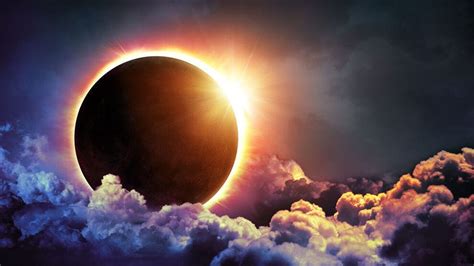
Learn about the definition, types, phases, causes, historical significance, and safety tips for viewing a solar eclipse in this informative blog post. Have you ever experienced the awe-inspiring phenomenon of a solar eclipse? This celestial event, where the moon passes between the sun and the Earth, is a mesmerizing sight to behold. In this blog post, we will delve into the fascinating world of solar eclipses, exploring their definition, types, phases, and causes. We will also uncover the historical significance of solar eclipses and provide essential safety tips for viewing this natural wonder. Whether you’re a seasoned astronomer or simply curious about these celestial occurrences, this blog post will provide you with a comprehensive understanding of what a solar eclipse is and how you can safely witness its breathtaking beauty. So, grab your solar viewing glasses and join us on a journey through the celestial phenomenon of solar eclipses.
Contents
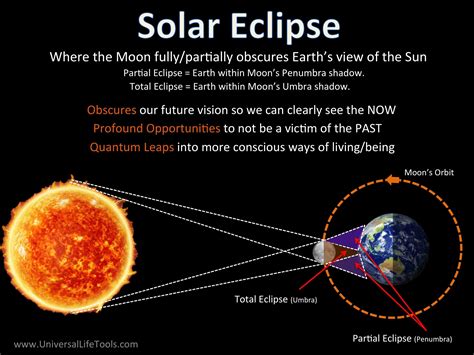
A solar eclipse occurs when the moon moves between the sun and the earth, blocking the sun’s light and casting a shadow on the earth’s surface. This phenomenon can only happen during a new moon, when the sun, moon, and earth are perfectly aligned. The moon’s shadow then falls on the earth, causing either a partial or total eclipse depending on the viewer’s location.
During a solar eclipse, the sun is partially or completely obscured by the moon. This can result in an eerie twilight, as the sky darkens and the temperature drops. A total solar eclipse is a rare and breathtaking sight, as the moon completely covers the sun, revealing the sun’s corona – the outermost layer of the sun’s atmosphere.
There are three types of solar eclipses: total, partial, and annular. A total eclipse occurs when the moon completely covers the sun, while a partial eclipse occurs when only a portion of the sun is obscured. An annular eclipse happens when the sun appears as a bright ring, or annulus, around the moon’s dark disk.
The phases of a solar eclipse include the partial phase, when the moon starts to cover the sun, the total phase, when the sun is completely obscured, and the partial phase, when the sun becomes visible again. These phases create a mesmerizing display of celestial mechanics and natural beauty.
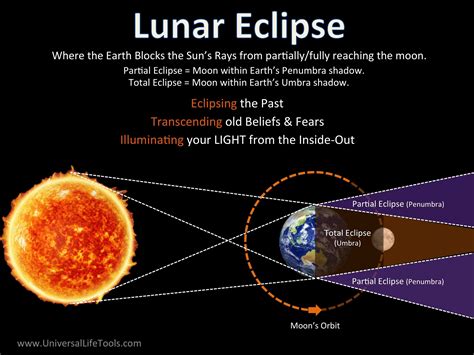
There are three main types of solar eclipses: total, partial, and annular. A total solar eclipse occurs when the moon completely covers the sun, casting a shadow on the Earth. During a partial solar eclipse, only a part of the sun is obscured by the moon, while the rest of the sun is still visible. An annular solar eclipse happens when the moon is farthest from the Earth, so it appears smaller and does not completely cover the sun, leaving a ring of sunlight visible around the moon.
Each type of solar eclipse offers a unique view of the celestial event, and they all occur due to the alignment of the sun, moon, and Earth along the same plane. These celestial events showcase the incredible astronomical phenomena that take place in our solar system.
During a total solar eclipse, the sky darkens as the moon blocks out the sun, revealing the sun’s outer atmosphere, known as the corona. This rare event is a must-see for astronomy enthusiasts and curious spectators alike. A partial solar eclipse is a more common occurrence and can be witnessed from a larger geographical area, providing a fascinating sight as the moon partially obscures the sun. Finally, an annular solar eclipse offers a different spectacle, with the sun appearing as a bright ring around the dark silhouette of the moon.
Witnessing any type of solar eclipse is an unforgettable experience, as it offers a rare glimpse of the cosmic dance between the sun, moon, and Earth. It is essential to take proper precautions when viewing these celestial events to ensure safety and protect your eyes from the sun’s powerful rays.

There are four main phases of a solar eclipse: the partial eclipse, the total eclipse, the annular eclipse, and the hybrid eclipse. During the partial eclipse, the Moon starts to move between the Sun and the Earth, causing only a part of the Sun to be obscured. This is the early stage of the eclipse when the Sun still appears mostly unchanged. As the Moon continues to move, it eventually blocks out the entire Sun, leading to the total eclipse. This is when the sky darkens, the temperature drops, and the corona of the Sun becomes visible.
On the other hand, the annular eclipse occurs when the Moon is farthest from the Earth, causing it to appear smaller and not completely obscure the Sun. This results in a ring of light around the Moon’s silhouette. Lastly, the hybrid eclipse is a rare occurrence where the eclipse appears as annular in some locations and total in others, depending on their distance from the center of the Moon’s shadow. These phases mark the progression of a solar eclipse and make each one a unique astronomical event.
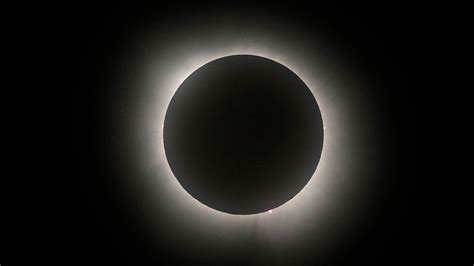
One of the main causes of a solar eclipse is the alignment of the Earth, Moon, and Sun. When the Moon moves between the Earth and the Sun, it can block out the Sun’s light, casting a shadow on the Earth. This alignment is known as a syzygy, which occurs during the new moon phase.
Another cause of a solar eclipse is the tilt of the Moon’s orbit. Due to the tilt of the Moon’s orbit, it does not always line up perfectly with the Earth and Sun. This means that solar eclipses do not occur every month, as the Moon’s orbit is slightly inclined to the Earth’s orbit around the Sun.
The interaction of the Earth’s and Moon’s gravitational forces also contributes to the occurrence of solar eclipses. The gravitational pull between the Earth and the Moon causes the Moon to orbit the Earth, and this gravitational force plays a role in the alignment that leads to solar eclipses.
Overall, the causes of a solar eclipse involve the specific alignment and interaction of the Earth, Moon, and Sun, resulting in the Moon casting its shadow on the Earth and obscuring the Sun’s light for a brief period.
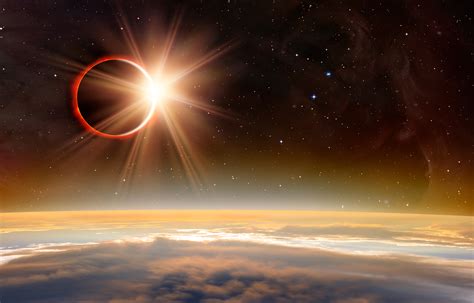
Historical Significance of Solar Eclipses
Throughout history, solar eclipses have often been viewed as ominous or supernatural events. Many ancient cultures saw solar eclipses as a sign of anger from the gods, and they were often accompanied by rituals and sacrifices in an attempt to appease the deities. In some cases, solar eclipses were even seen as a symbol of the end of the world, leading to widespread panic and fear. The sudden darkening of the sky during the day was a source of great mystery and confusion for early civilizations, and the historical significance of solar eclipses has been recorded in myths, legends, and religious texts from around the world.
One of the most famous examples of the historical significance of solar eclipses can be found in the ancient Chinese tradition of dragon chasing. According to legend, a celestial dragon was said to devour the sun during a solar eclipse, and the people would make loud noises and bang drums to scare the dragon away. This tradition continued for generations, with the belief that the dragon eventually released the sun and peace was restored. This illustrates the profound impact that solar eclipses had on the cultural and religious beliefs of ancient civilizations.
In addition to their cultural and religious significance, solar eclipses have also played a crucial role in the development of science and astronomy. Early astronomers used solar eclipses as a means of studying the sun’s corona and outer atmosphere, leading to important discoveries about the nature of our solar system. In fact, it was during a total solar eclipse in 1919 that the theory of relativity was proven, providing further evidence of the historical significance of solar eclipses in the advancement of human knowledge and understanding.
| Historical Significance of Solar Eclipses |
|---|
| Viewed as ominous or supernatural events |
| Source of myths, legends, and religious beliefs |
| Impact on the development of astronomy and science |
In conclusion, the historical significance of solar eclipses cannot be overstated. From the ancient beliefs and rituals of early civilizations to the advancements in scientific understanding, solar eclipses have left a lasting impression on human history. As we continue to study and observe these celestial events, it is important to remember their profound impact on our cultural, religious, and scientific heritage.
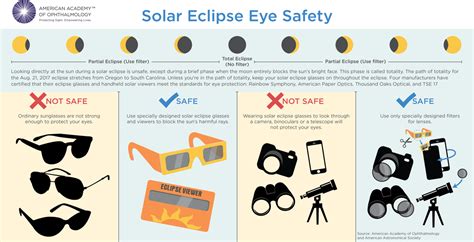
When it comes to viewing a solar eclipse, it is important to take the necessary precautions to protect your eyes and your vision. Although it is an amazing natural phenomenon, looking directly at the sun during an eclipse can cause permanent damage to your eyes. One of the most important safety tips is to never look directly at the sun without proper eye protection.
One way to safely view a solar eclipse is by using solar viewing glasses that are specifically designed for this purpose. These glasses have special filters that can block out harmful ultraviolet, visible, and infrared light. It is crucial to ensure that the glasses are certified for safe solar viewing before using them.
Another safe way to view a solar eclipse is by using a pinhole projector to indirectly observe the event. This can be created using simple materials such as a cardboard box, aluminum foil, and a pin. By projecting the image of the sun onto a surface, it is possible to witness the eclipse without risking eye damage.
It is important to remember that regular sunglasses are not sufficient protection for viewing a solar eclipse. The intense light produced during an eclipse can still cause harm even when wearing sunglasses. It is also important to avoid using cameras, telescopes, or binoculars to view the eclipse without the proper solar filters, as these can magnify the sun’s rays and cause damage to your eyes.
What is a solar eclipse?
A solar eclipse occurs when the moon passes between the sun and the earth, blocking the sun’s light and casting a shadow on the earth.
How often does a solar eclipse occur?
Solar eclipses happen a few times a year, but they are not visible from all parts of the world during each occurrence.
What are the different types of solar eclipses?
There are three main types of solar eclipses: total, partial, and annular. Each type occurs depending on the alignment of the sun, moon, and earth.
How long does a solar eclipse last?
The duration of a solar eclipse varies from a few minutes to a maximum of about 7.5 minutes for a total solar eclipse.
Is it safe to look at a solar eclipse?
It is not safe to look directly at a solar eclipse without proper eye protection, as the sun’s rays can cause permanent eye damage.
What are some cultural beliefs and myths associated with solar eclipses?
Many cultures have myths and superstitions about solar eclipses, often interpreting them as signs of impending doom or supernatural events.
How can I view a solar eclipse safely?
To safely view a solar eclipse, you can use special solar viewing glasses or create a pinhole projector to indirectly see the eclipse.